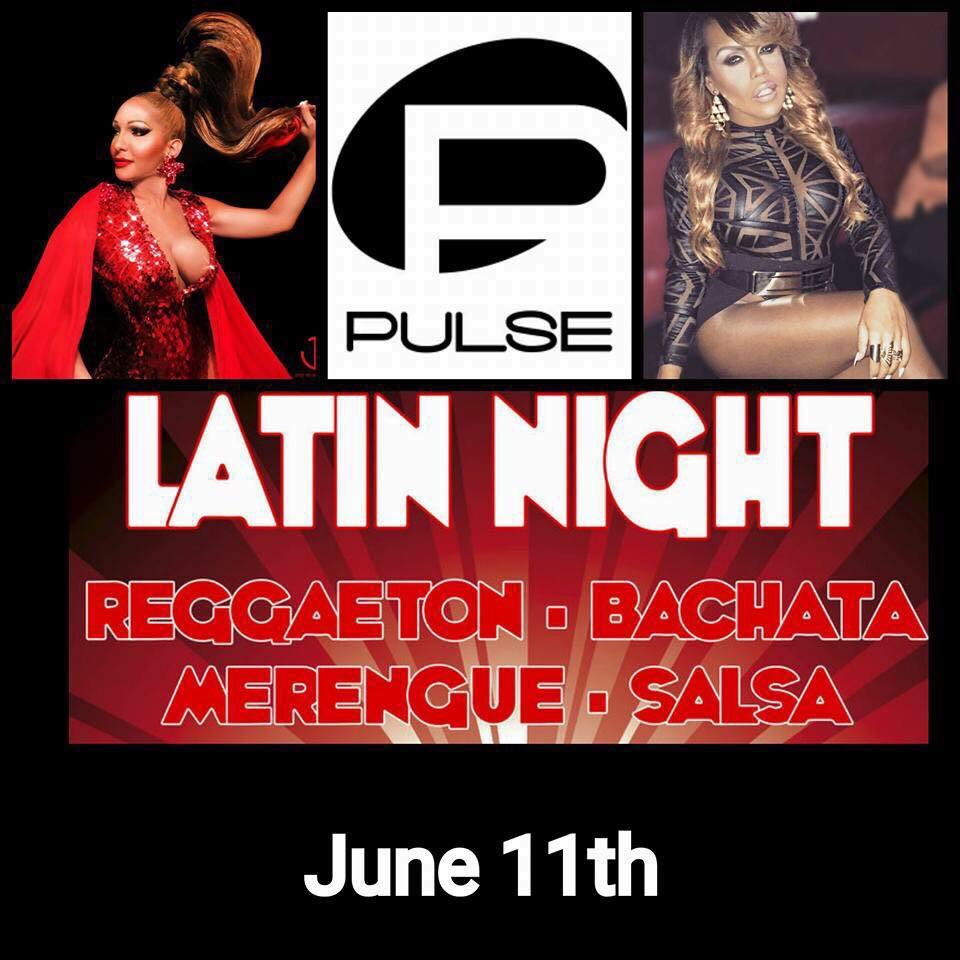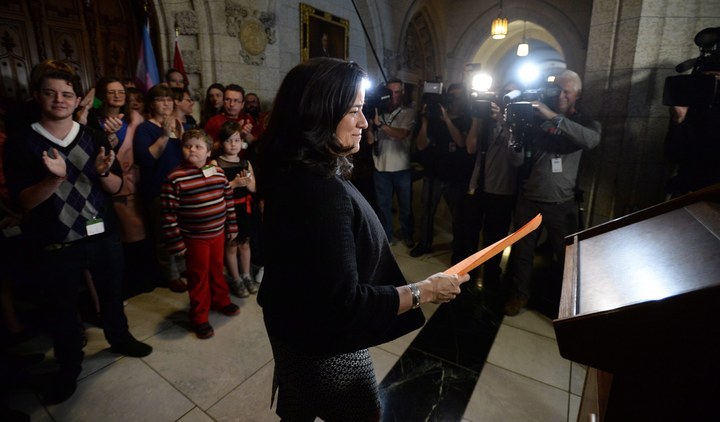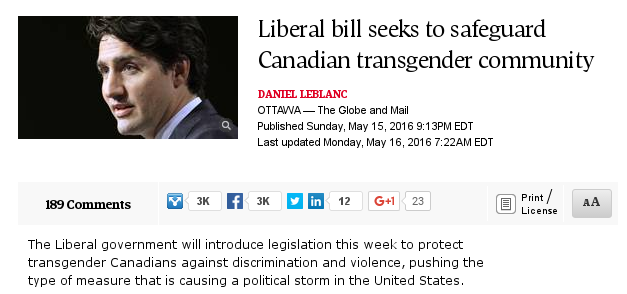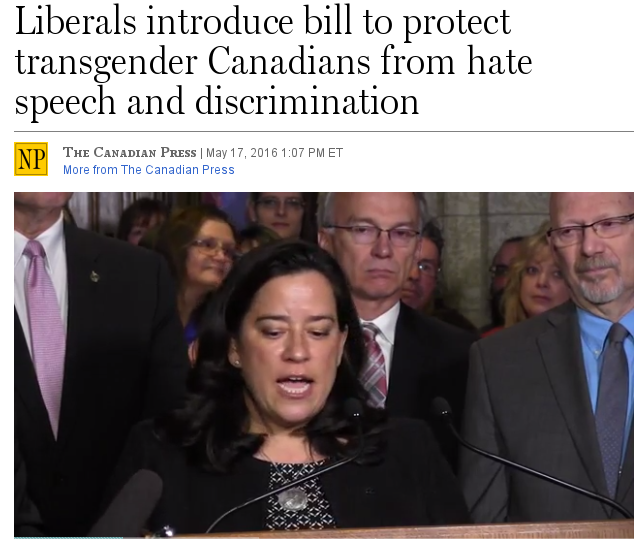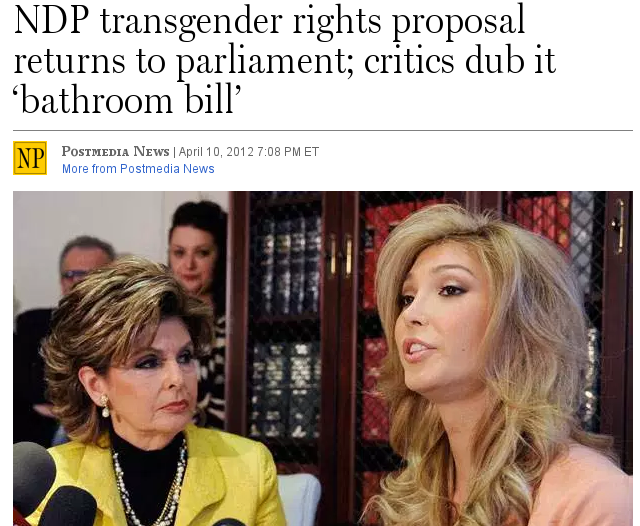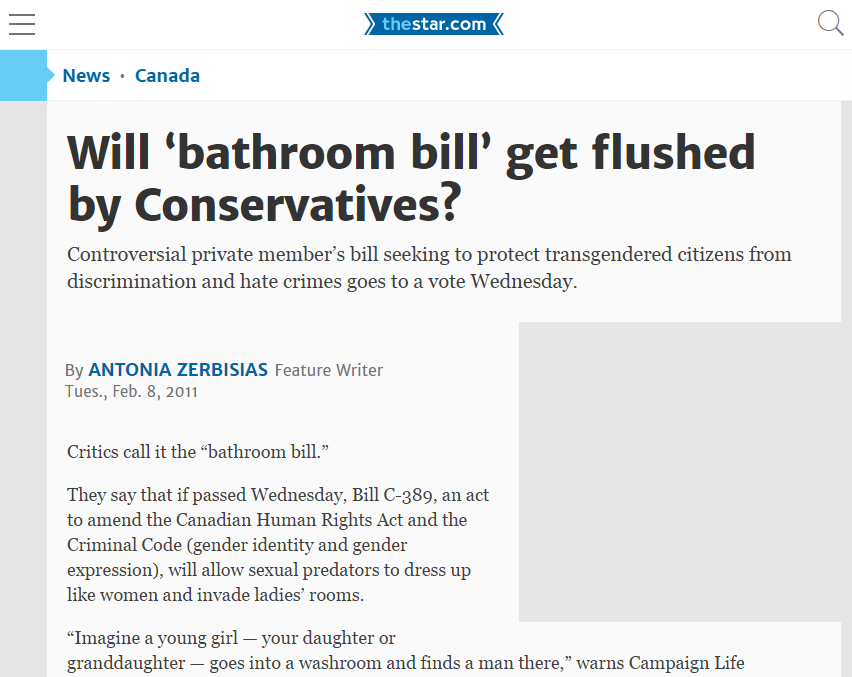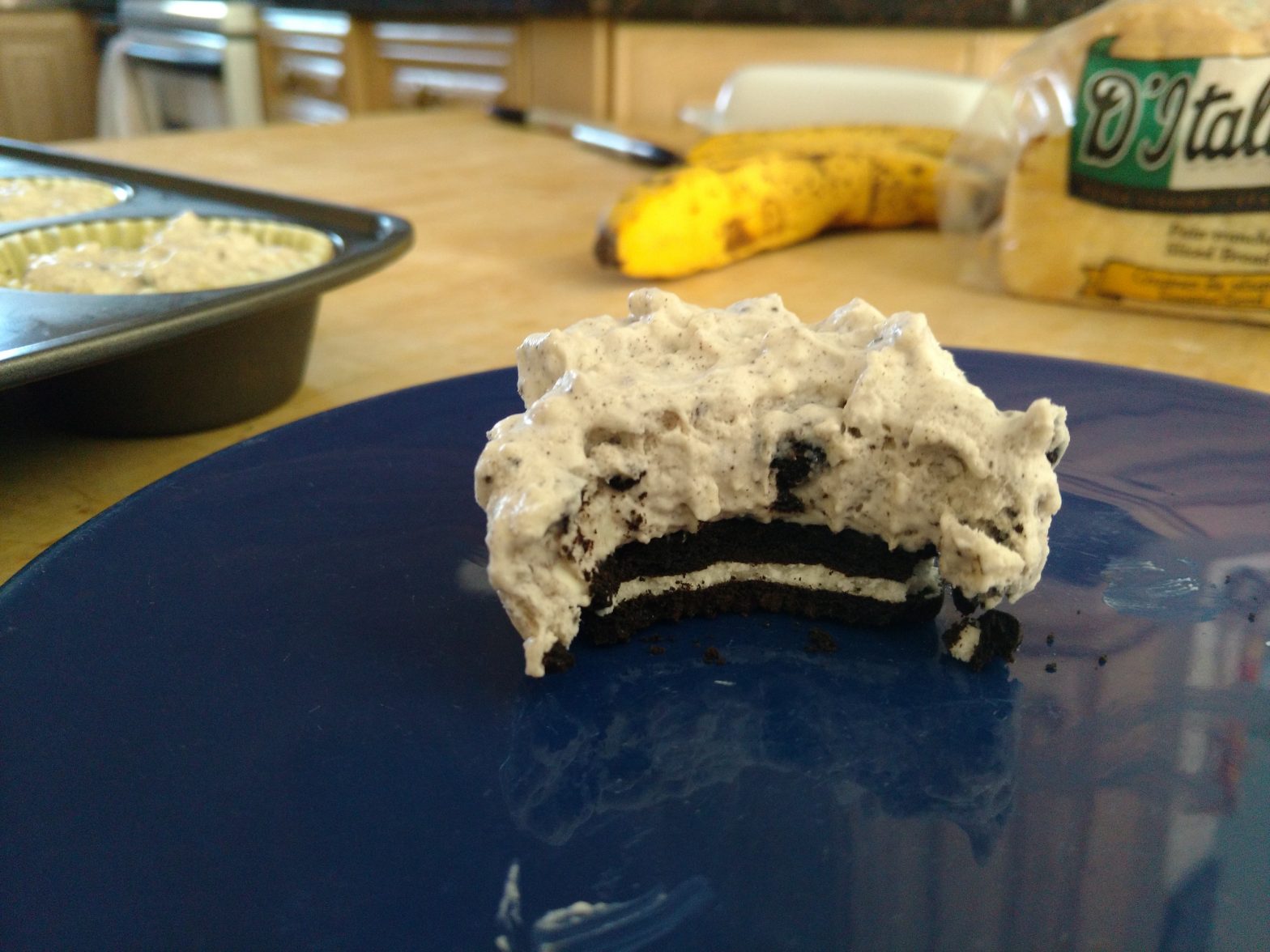A man entered a gay club with an assault rifle and killed 49 people in Orlando on Saturday. That was the Latin night; almost all the victims were Latinx LGBT+ individuals.
The killer was known to be homophobic. The accepted narrative at this time is that the killer targeted the club for the perceived sexuality of its patrons.
The gunman called 911 during the attack, pledging allegiance to ISIS and mentioning the Boston Marathon bombers.
I wrote some thoughts following the tragedy a day later:
There’s an urgent call for blood in the Orlando shooting, but gay men and trans women are still banned from donating blood.
You can pin this on an exceptional case, on foreign influence, and yet ignore that there’s nothing foreign about this.
The disgust the killer expressed at seeing two men kiss is no different than the vitriol expressed in churches and by leaders everywhere. There’s nothing exceptional about his views. Just look at what a lot of politicians, Christian groups, blood donation agencies, movies, TV shows, radio, newspaper columnists have to say. There is a clear message that gay men, trans women and people of colour don’t really belong in society.
Mass killings are a regular occurrence. Nothing exceptional about that either.
So what then is exceptional about the two intersecting. A lot of people bear responsibility for creating a climate that makes tragedies like this so unexceptional, and they aren’t part of Isis. They are people who get large salaries for saying things, and who are never on the receiving end of their own words.
Also solidarity with Muslim people who will no doubt be subject to more shit from those who find it easier to blame others than search themselves.
I’d like to talk about some of responses to this tragedy. What appears on the outset to be displays of kindness, I contend, is thinly veiled cruelty.
Silence in Words
The bishop for the Orlando Diocese responded to the tragedy with a Prayer for Peace. It starts with:
A sword has pierced the heart of our city. Since learning of the tragedy this morning, I have urged all to pray for the victims, the families and first responders. I pray that the Lord’s mercy will be upon us during this time of sadness, shock and confusion.
It goes on for about a page and uses sympathetic language. Yet not once in the 284 word document does it acknowledge the identity of the victims.
It’s an important omission. If this was a crime where 49 Jewish people were killed in a synagogue by a killer that professed anti-Semitic views, you can be sure that the fact that the victims were Jews would be recognized. Because it’s only in identifying the underlying prejudice can it be effectively addressed.
But the Orlando Diocese didn’t do that in its statement, perhaps because the church believes in the same fundamental principles as the killer: that there is no place in society for the tolerance of LGBT+ people and that includes Latinx LGBT+ people.
On the same website for the Orlando Diocese, the church implores to maintain bans on same-sex parents from adopting children, advocates to ban same-sex marriages, frames having married gay people exist as an imposition on presumably straight people and speaks out against the tolerance of gay people.
It isn’t just the Orlando Diocese. The governor of Florida, Rick Scott, has not acknowledged who the killer targeted either. The 322 word statement on the government of Florida website does not once acknowledge the identity of the victims. The Orlando weekly noticed this too, with the headline Florida Gov. Rick Scott hasn’t said the words ‘gay’ or ‘LGBT’ once since the Orlando mass shooting.
Like the Orlando Diocese, Rick Scott opposed adoption by same-sex couples and supported the ban on same-sex marriages. The implication is that LGBT+ people are harmful to children (adoption ban) and that LGBT+ people’s love is inferior (same-sex marriage ban.)
There are voices that are recognizing the identity of the victims, but voices like Rick Scott’s and the Orlando Diocese are being interviewed on the likes of CNN. It is cruel that their contribution to the deaths of these individuals be to erase them and to ignore the prejudice behind these deaths. To squander precious opportunities for bringing awareness that could impede future violence.
it’s cruel that the people getting the air time are those whose difference with the killer is that the killer went a few steps further than the kind of rejection from society they advocated for.
Opportunism
There’s a second tragedy happening following these killings, and that’s the blatant opportunism going on to justify further prejudice against Muslims and to advocate for war.
The Republican presumed presidential nominee, Donald Trump, re-affirmed his belief that all Muslims should be banned from entering the United States. New Jersey governor Chris Christie suggested overseas military action. The Wall Street Journal suggested going after ISIS while simultaneously generalizing 1.6 billion Muslims:
The only real solution is to destroy Islamic State in its havens abroad so that young Muslims around the world won’t see it as a vanguard of the future.
While the killer pledged allegiance to ISIS, the killer had no ties to ISIS. The killer was an American. The killer was born in the US. The killer grew up in the US. The killer lived in the US. The killer carried out the killings in the US.
Let’s step back for a moment and look at the big picture in the US. There were 1,000 mass shootings in the US in 1,260 days. The reported cases of homicides against LGBT+ people is at an all-time high. 80% of LGBT people killed were people of colour. In an environment like this, it was inevitable that the mass shootings would intersect with the violence faced by LGBT people of colour.
If there is to be a discussion about gun violence towards LGBT people of colour in the United-States, and wanting to prevent these crimes in the future, then it is a distraction to put the entirety of the focus on ISIS or Islam. Analyze this from the perspective of looking at the killers actions. A pattern quickly emerges, greater than this killer, and one that can’t be tossed up to ISIS or Islam: 1,000 mass shootings and LGBT+ people of colour bearing the brunt of the violence.
The way this crime is being presented is as an exception, the result of something to do with Islam, with them, and nothing to do with us. The assertion is that conservative Islam isn’t contributing to a pool of violence, but rather represents the entirety of it.
Yet there was nothing exceptional about the killer’s extreme display of prejudice in this society and that has entirely to do with “us”.
There were over 200 anti-LGBT laws being worked on in the US this year. The country’s major newspapers who equated gay men with sexual predators are now doing the same to trans women, sexual relations between gay men is still on the books as being illegal in Florida, it’s legal to fire someone for being LGBT+, and trans people are sterilized just so they can be allowed to update their gender marker.
This bigotry normalised to the point being called “debates” or “controversy” rather than outright acts of violence towards LGBT individuals. This translates to an environment where 26% of trans people have lost a job for being trans, 9% have been physically assaulted in washrooms, 22% have been harassed by police, 40% have been harassed when presenting ID, 78% of trans youth have been harassed in schools, 90% of trans people have been harassed on the job, 37% of trans people have been harassed in a retail store, 63% experienced a serious act of discrimination.
What’s insidious about this discrimination is that it’s so normalised that it’s not even conceived as a factor for this crime.
Latino people are also subject to this violence. 84% of Hispanic individuals polled say discrimination in schools is a problem, 83% say it’s a problem in the workplace, 40% experienced or someone they knew experienced an act of discrimination in the last five years. The presidential candidate openly states that being Latino is reason enough to disqualify a judge from overseeing a case. The US has a history of systemic discrimination towards people of colour. It isn’t Muslims or ISIS that created this environment.
Even if you wanted to talk about faith-based bigotry, then that conversation would need to centre Christianity. The 3.3 million Muslims in the US are a drop in the bucket compared to the 225 million Christians and have no equal to the Christian Right. It isn’t Muslims who are responsible for the systemic discrimination that exists towards LGBT Latinx individuals. To exaggerate the role of Islam in these discussions is scapegoating; shifting all blame to an oft-maligned minority for the environment created by largely white straight cisgender affluent Christian men.
There’s an overlap of American politicians and personalities advocating for war or blame Muslims over this tragedy and the ones who are backing those 200+ anti-LGBT laws and contributing to the normalisation of violence. They are deflecting attention away from the prejudice that fueled this crime to advance their own position, at the expense of victims of these crimes.
Conclusion
Margaret Wente, the pundit who advocated against the acceptance of trans youth, defended conversion therapy, exemplifies everything that’s wrong with the response to the shooting with her take:
Meantime, plenty of people argued that the real culprit was homophobia and intolerance – not just the shooter’s, but ours. As Mr. Obama put it, “we need the strength and courage to change” our attitudes toward the gay, lesbian, bisexual and transgender community. Funny, but I was under the impression that most of Western society had already done that.
I’m only mentioning her because her views are emblematic of the larger pattern: the erasure of the voices of victims and the denial that there’s any problem in our society. Instead, she places all blame on Muslims.
And that’s the second tragedy in all of this: the victims were erased so that the bigots could back further injustices.
And everyone who gives these bigots a voice of greater importance than the Latinx LGBT+ victims is playing along, removing what precious opportunities there were to bring an end to violence like this.
What a shit show.
